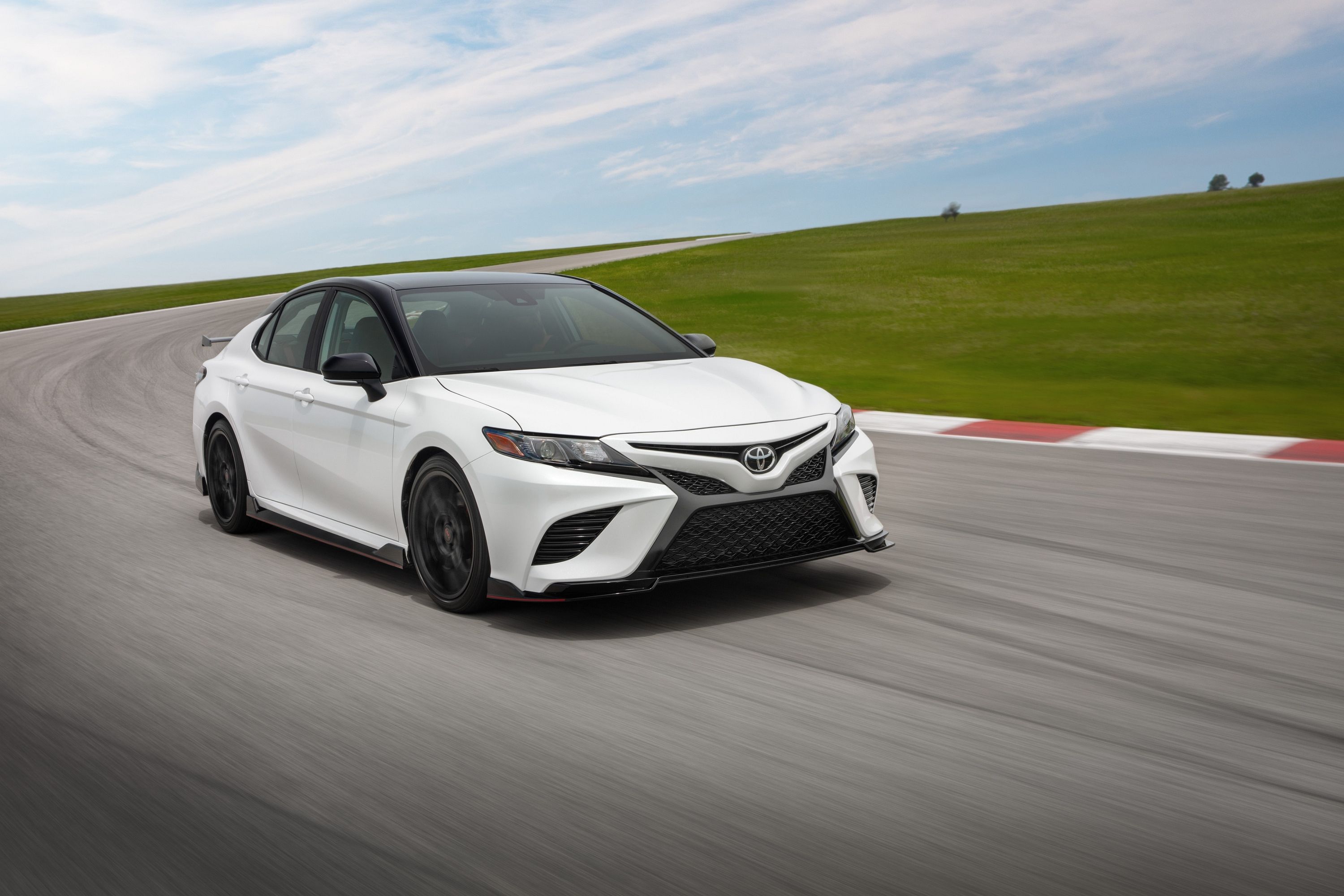
Most people like to think that they are pretty solid drivers. We may not all think we're the next Lewis Hamilton, but most of us believe we are at least slightly better than average behind the wheel. Perhaps we should become more humble and reevaluate our skills, however, as a new study has shown that even light rain can significantly raise the chances of a fatal car crash.
Published in the Bulletin of the American Meteorological Society this week, the study asserts that rain, snow, and ice increases the risk of fatal car crashes by a massive 34 percent. Led by Scott Stevens, a data analyst and meteorologist at the North Carolina Institute for Climate Studies, he and his colleagues reviewed 125,012 deadly crashes in the Lower 48 states between 2006 and 2011, factoring in the number of cars on the road to calculate the risk of a fatal accident.
Other studies in the past have used police reports and the closest weather station to figure out rain and snow conditions, but Stevens said that his is the first study to obtain this information from more precise data from weather radar systems. Through this data they could ascertain how hard the rain or snow was coming down to investigate just how much wetness makes the roads unsafe.
It turns out that even light rain, which Stevens refers to as a "a drizzle, just at the point where you might consider taking an umbrella out," raises the risk of a fatal crash by 27 percent. While people tend to become cautious in heavy rain, Stevens believes that "they under-appreciate the risk of light rain," with the weather radar data showing an increase in fatal crashes even in rain of less than one-tenth of an inch per hour.
Moderate rain brings the risk of a deadly accident up to 75 percent greater than in clear weather, while in heavy rain the rate skyrockets to two-and-a-half times more likely. The study also discovered that the Northern Rockies and Upper Midwest had the highest risk of fatal crashes in rain or snowstorms, while the Northeast and Southeast had lower risks. Stevens believes that this is because the eastern United States is typically more urban, meaning people usually drive slower, meaning fewer accidents turn fatal. Regardless of where you live, however, this study shows that when the windshield wipers come on, it's best to be a cautious and safe driver, rather than overestimate your abilities.
